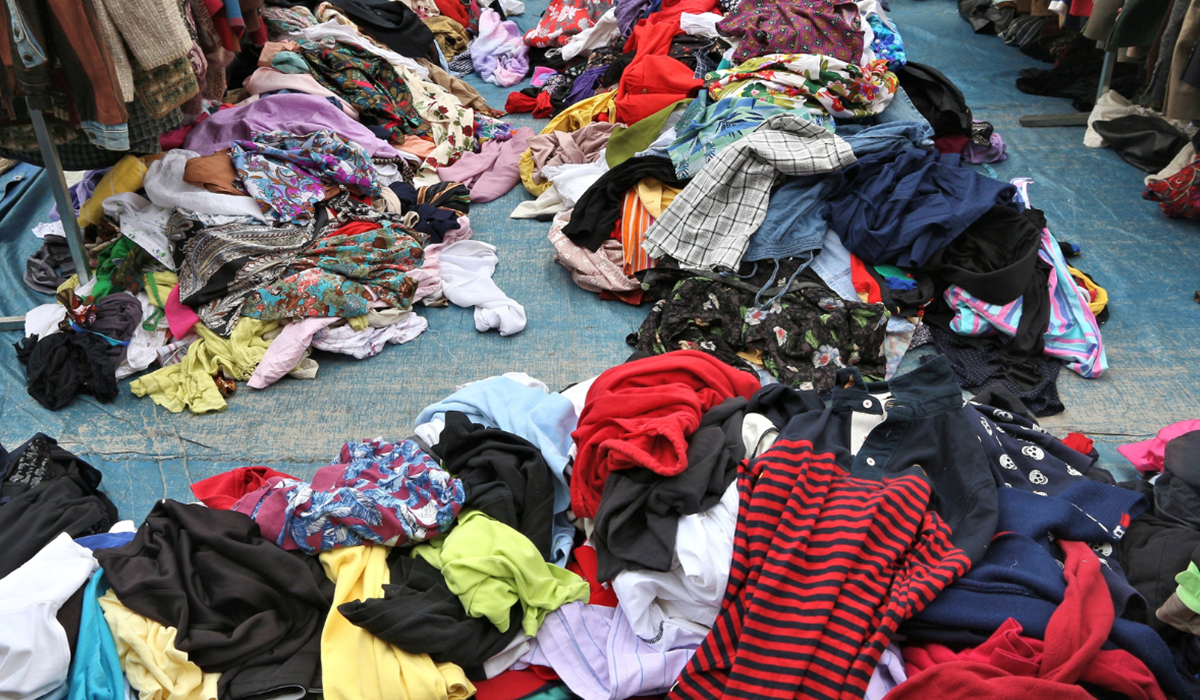Fast fashion might seem like an attractive option with its trendy designs and low prices, but it comes with a significant environmental price tag. Every purchase we make has a ripple effect on the planet, and understanding the full impact of fast fashion can help us make more informed choices.
The Environmental Toll of Fast Fashion
Fast fashion is characterized by rapid production cycles designed to keep up with constantly shifting trends. While this approach offers consumers an endless array of affordable and fashionable clothing, it often prioritizes speed and volume over quality and durability. The environmental consequences of this model are profound.
Consider the production of a single cotton shirt: it requires approximately 2,700 liters of water, equivalent to the amount one person might drink over two and a half years. This figure underscores the immense strain that cotton farming places on our water resources. Additionally, the production of synthetic fibers like polyester, which are derived from fossil fuels, involves substantial energy consumption and contributes to greenhouse gas emissions.

But the impact doesn’t end with production. The global textile industry is a major polluter, with harmful dyes and chemicals frequently discharged into water bodies.
This contamination poisons rivers and oceans, adversely affecting aquatic ecosystems. Furthermore, synthetic fibers shed microplastics into the environment, which eventually end up in our oceans, posing threats to marine life and, ultimately, entering our food chain.
The Problem of Discarded Clothing

The environmental toll extends beyond production to the disposal of fast fashion items. This sector fosters a throwaway culture, where clothing is often discarded after just a few uses. In the U.S., approximately 85% of textiles are thrown away each year, with a significant portion ending up in landfills. These discarded garments can take hundreds of years to decompose. As they break down, they release harmful chemicals and greenhouse gases, further exacerbating environmental issues.
Making a Difference Through Conscious Choices
The good news is that our individual choices can drive positive change. Opting for quality over quantity can lead to more durable clothing, which reduces waste and the need for constant replacement. Supporting sustainable brands is another powerful way to contribute. Many companies are now focusing on eco-friendly materials and ethical production methods, helping to lessen the environmental impact of fashion.

Exploring second-hand and upcycled fashion is also a commendable practice. By giving pre-loved garments a second life, we reduce waste and lessen the demand for new resources. Second-hand shopping and upcycling not only help the environment but can also uncover unique and stylish pieces that stand out from mass-produced items.
Raising awareness is crucial for fostering a more sustainable fashion industry. Sharing knowledge about the impacts of fast fashion can encourage others to make thoughtful choices. As more people become aware of the environmental consequences of their fashion habits, the collective shift towards sustainability can gain momentum.
The Path Forward
The future of fashion doesn’t have to be detrimental to the planet. As consumer demand for sustainable options grows, the industry is beginning to adapt. Every decision to support eco-friendly brands, buy second-hand clothing, or make use of what we already own contributes to a more sustainable fashion landscape. In a world where fast fashion often seems dominant, being a conscious consumer is a powerful way to make a difference. By understanding the environmental costs and making mindful choices, we can all play a role in shaping a more sustainable and responsible fashion industry. The journey toward a greener future in fashion begins with each of us, one informed choice at a time.












0 comments